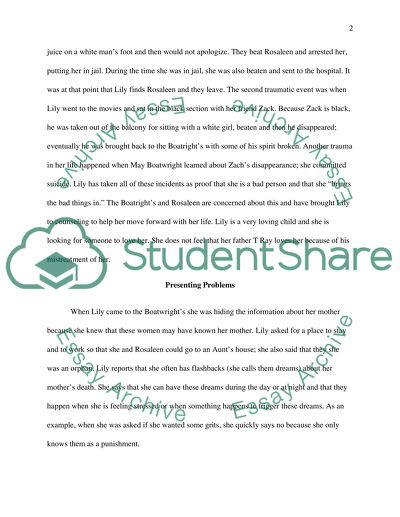Cite this document
(“Analysis of Lily in The Secret Life of Bees Research Paper”, n.d.)
Retrieved from https://studentshare.org/family-consumer-science/1422924-analysis-of-lily-in-the-secret-life-of-bees
Retrieved from https://studentshare.org/family-consumer-science/1422924-analysis-of-lily-in-the-secret-life-of-bees
(Analysis of Lily in The Secret Life of Bees Research Paper)
https://studentshare.org/family-consumer-science/1422924-analysis-of-lily-in-the-secret-life-of-bees.
https://studentshare.org/family-consumer-science/1422924-analysis-of-lily-in-the-secret-life-of-bees.
“Analysis of Lily in The Secret Life of Bees Research Paper”, n.d. https://studentshare.org/family-consumer-science/1422924-analysis-of-lily-in-the-secret-life-of-bees.


